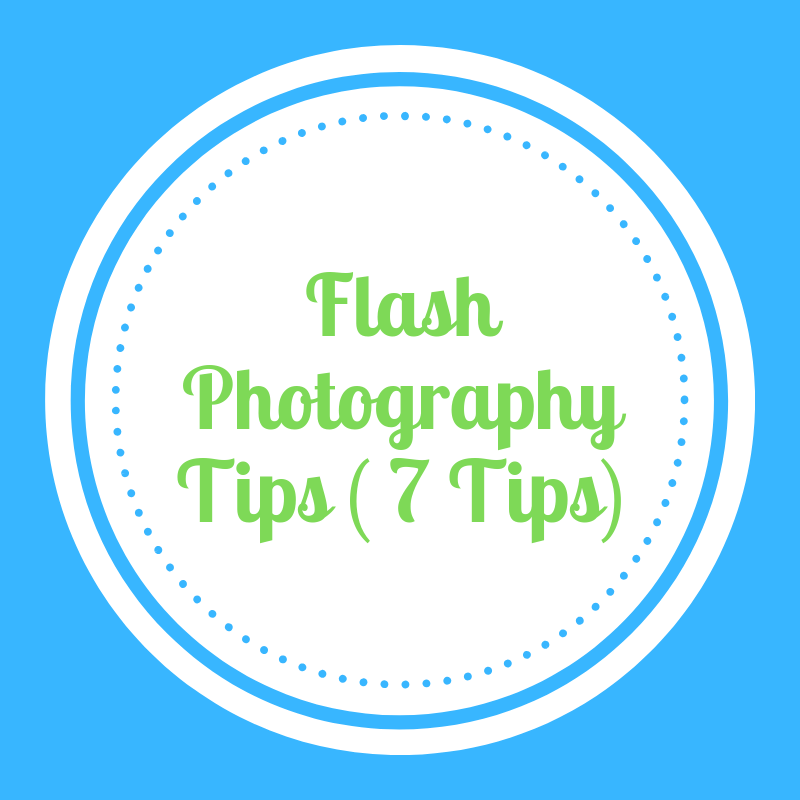Share

A camera flash is not only for brightening a subject. While brightness is a crucial element in photography, there are much more reasons for using a flash. Many beginners will not use a flash unless it is in a dark place or in the night.
This is a lack of understanding. Flashes are either built-in or external. Irrespective of its position, you need to understand the effects and enhancements on photography that cannot be achieved without a flash.
Familiarizing with your camera flash increases the fun in photography. Flashes create unique elements on a photo. Besides, it sets the mood and adds emphasis to parts of your photo. As an expert in photography, you wouldn’t want to miss a camera flash in any of your shoots.
In fact, you should be moving with both the external and built-in to ensure maximum quality of your photos. While nature is irreplaceable, professional photography cannot depend on natural light; you need to learn to set your own environment and mood before a photo shoot. On most occasions, you will need an external shoe mount flash to achieve high levels of creativity and fun. Here are some tips on flash photography.
1. Diffuse Your Flash
To diffuse is to spread with an objective of covering a wider area. This is an imperative technique in photography considering creativity and enhancement is your goal. Even when you are focusing on a specific object, diffusing help in illuminating other parts of the photo. It also creates more light in the photo.
Don’t worry, it won’t be too bright. By spreading the light, diffusing softens illumination on your subject. The two common types used in this technique are; pop-up flash diffusers and diffusers for professional speed lights. However, there are additional mini boxes used in indoor environments like a studio.
2. Use Colored Flash Gels
Flash gels offer you an opportunity to add desired colors in photography. After all, photography is about details on color. The gels are attached on the flash hence tinting the bright light from the flash. This is a creative technique that you can use to enhance photos, especially in indoor shots. Besides, you can utilize the flash gels to match your flash with the ambient light.
Typically, color temperatures in a room do not correspond with flashes. Without flash gels, one can easily tell a flash was used on the photo because of variations of color on the photo. Apart from the flash gels, you should adjust your camera’s white balance setting to auto and add an amber filter on your flash.
3. Bounce the Light
Pointing a flash directly at your object is a big no. If you are to produce any quality photos without shadows and harsh light on the subject, bounce the flash. This is an important technique that aspiring photographers should learn.
You need to direct your flash to another surface, preferably with the neutral color. This can be a ceiling or wall. Professionals use a reflective card fitted on the side of the flash. And just like another flat surface, the card not only bounces the light but also widens the illumination as well as softens it.
4. Use the Ambient Light
Although a subject is a top priority in any photography, do not forget to completely blur the background. The background is an important aspect of a photo; it should disappear while you are focusing on your object. This is both a creative and a technical tip.
In this case, you have to adjust your camera to manual mode and prioritize exposure on the background. Then when focusing, allowing ambient light and elements of the background to appear. While this underexposes your subject, it enhances the photo with a unique atmosphere. The background and foreground light difference can be compensated with the normal flashlight.
5. Use more than one flash
The essence of using several flashes is to create a three-dimensional effect. Evidently, you need a deep understanding of not only the idea but technical set-up and structure of the same.
Numerous sources of light are used to either create shadows, create a rim of lights, or highlights parts of your subject. Usually, three flashes are used; a key light, fill light and backlight. The three-point light setup is operated with the help of a wireless transmitter.
Subscribe To Our Newsletter Here
6.Enable high-speed flash sync
In Nikon cameras, this is achieved by turning on Auto FP; the same can be achieved in canon cameras by turning on High-speed flash sync. A camera on normal setting cannot sync with flash because the shutter speed takes longer than the flash.
Enabling the high-speed setting ensures the flash fires longer hence in synchronizing with your camera’s sensor. This technique is used in broad daylight as well as to stop motion. You need to acquire a maximum speed flash that goes beyond 1/250 speed. This ensures the flash fires at the same time when your camera sensor is ready to capture.
7. Use TTL technology
Through-the-lens is a setting on your camera that enables communication with the flash to determine lighting conditions as well as the distance between your subject and flash hence emitting appropriate light.
The setting (eTTL for Canon and iTTL for Nikon) ensures there is a balance between light from the flash and the ambient conditions. This technique combines with bouncing and diffusing of light produces elaborate and high-quality photos.
Subscribe To Our Newsletter Here

